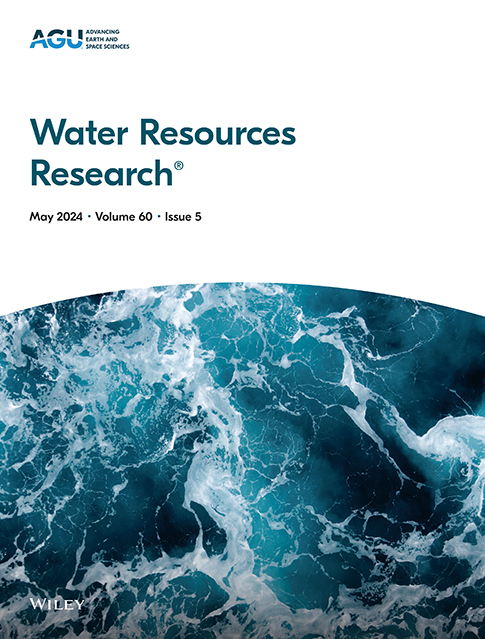An Observation-Driven Framework for Modeling Post-Fire Hydrologic Response: Evaluation for Two Central California Case Studies
IF 4.6
1区 地球科学
Q2 ENVIRONMENTAL SCIENCES
引用次数: 0
Abstract
In a warming climate, wildfires are becoming increasingly common, especially in semi-arid environments. Wildfires can disrupt forest ecosystems and induce changes to the land surface. Collectively, these impacts can alter the hydrologic response of a catchment following a fire, resulting in increased potential for surface runoff, reduced evapotranspiration, and, ultimately, a higher risk for flash flooding and mass wasting. The timescale of post-fire recovery of hydrological processes to return to pre-fire conditions is not well established due to the lack of ground measurements. Accurate characterization of the impacts of fire on hydrologic response is also challenging to simulate, given the complex interplay of various processes. Here, we present a generalized framework to quantify the impacts of wildfire on runoff generation. We consider the disturbances in the vegetation and soil as the two main factors contributing to post-fire floods. Using an ensemble modeling structure to account for parameter uncertainty, remotely sensed leaf area index (LAI) is assimilated into a land surface model (LSM) to simulate vegetation disturbance, and the maximum land surface saturation LSM parameter is decreased to parameterize the soil disturbance following observed fires. We consider the impacts of fire-induced changes to LAI and soil saturation on hydrologic states like runoff and evapotranspiration for two case studies. These case studies demonstrate the general applicability of hydrophobicity formulation to serve as a guideline for exploring the range of hydrologic responses post-fire.求助全文
约1分钟内获得全文
求助全文
来源期刊

Water Resources Research
环境科学-湖沼学
CiteScore
8.80
自引率
13.00%
发文量
599
审稿时长
3.5 months
期刊介绍:
Water Resources Research (WRR) is an interdisciplinary journal that focuses on hydrology and water resources. It publishes original research in the natural and social sciences of water. It emphasizes the role of water in the Earth system, including physical, chemical, biological, and ecological processes in water resources research and management, including social, policy, and public health implications. It encompasses observational, experimental, theoretical, analytical, numerical, and data-driven approaches that advance the science of water and its management. Submissions are evaluated for their novelty, accuracy, significance, and broader implications of the findings.
 求助内容:
求助内容: 应助结果提醒方式:
应助结果提醒方式:


